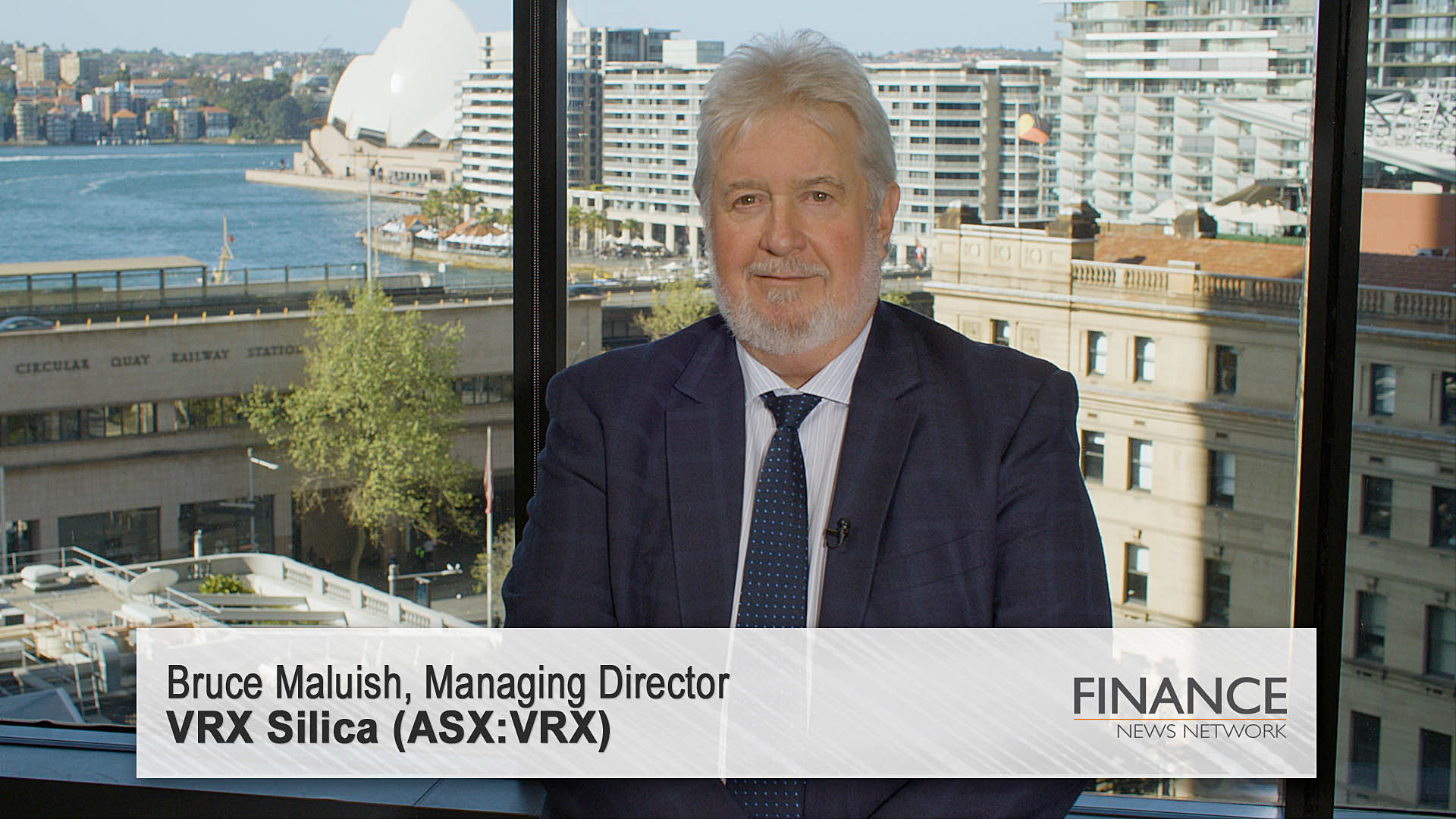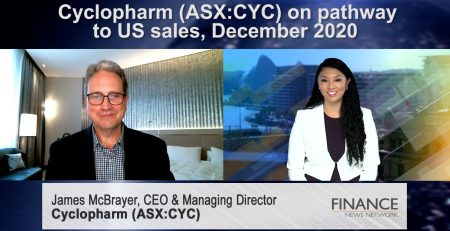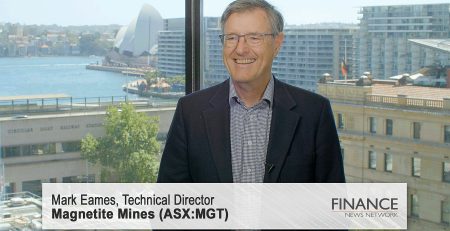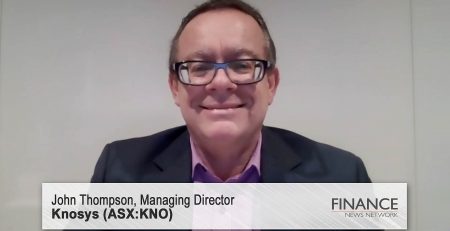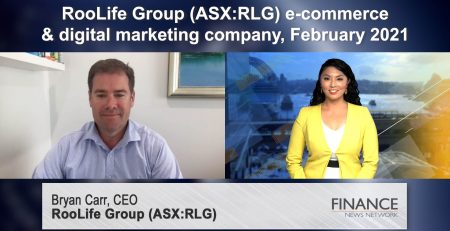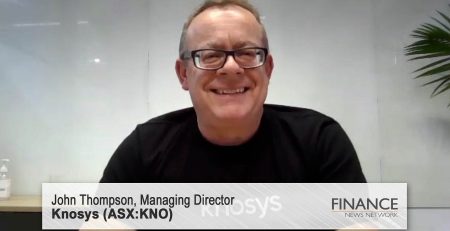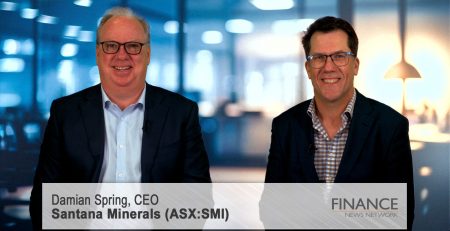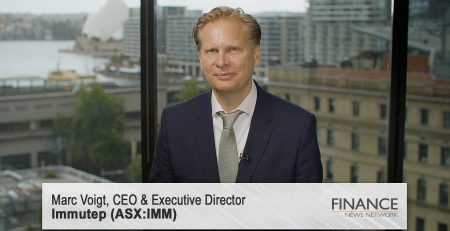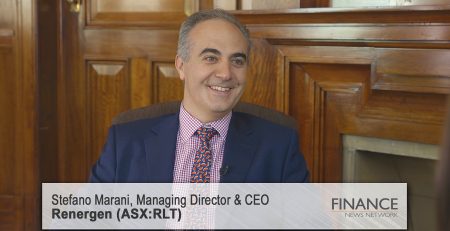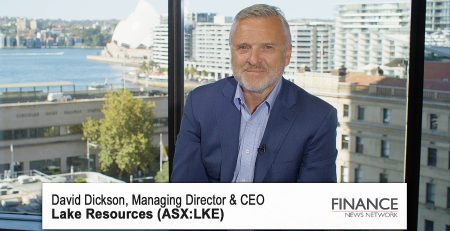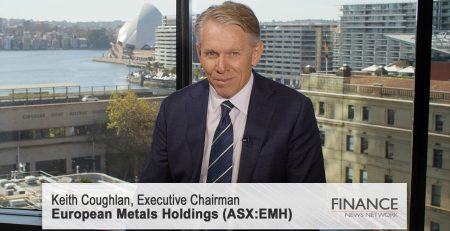VRX Silica (ASX:VRX) discusses the demand for glass
VRX Silica Limited (ASX:VRX) Managing Director Bruce Maluish discusses the global demand for glass and the burgeoning silica sand sector in Australia.
Tim McGowen: We're talking today with VRX Silica (ASX:VRX), which is a company focused on supplying the global demand for silica sands. The company is advancing its three high-purity, long-life, West Australian silica sand projects. It's got an ASX code of VRX, a market cap of around $80 million. We're joined by the Managing Director, Bruce Maluish. Bruce, thanks for your time.
Bruce Maluish: Thanks, Tim.
Tim McGowen: Now, you've been presenting at the New Metals Conference. And now, if you can give us a bit of education on silica, the majority of it seems to be used in concrete and we want to get a better understanding of what the market is for silica sands and the supply-demand dynamics, and how it's priced as well.
Bruce Maluish: You're right. The majority of silica sand is used in concrete, but it's the most used commodity on the planet after air and water. About 50 billion tonnes a year, predominantly concrete. Therein lies the issue. Because of the stimulus spending that's going on in Asia, particularly these days, it's in infrastructure, which is concrete. And it's also the main reason why the iron ore price is so high. But for rebar, for concrete. There's so much demand for concrete, they're using up sand that could be beneficiated up to the quality that's required to make glass. Now, that's where we fit in. The consequences of that sort of demand is that the suppliers are rapidly getting diminished. And the only high-quality silica sand that's accessible for glass manufacturers is coming out of freshwater rivers and lakes in Asia, which is not sustainable and becoming more and more difficult to get access.
Tim McGowen: And silica sand, I mean, there must be an enormous opportunity for Australia as for this to be an export product moving forward, given some of the environmental issues you spoke about in Asia. Is that the way to look at it?
Bruce Maluish: Oh, absolutely. There will become a major silica sand sector in Australia. Australia is also currently the world's largest silica sand exporter. Cape Flattery in Northern Queensland exports up to 3 million tonnes a year. Western Australia, amongst the few companies there, does nearly a million ton a year. So it's already got an established market. But the demand is there. You know, about 130 million tonnes a year is used in flat glass, container glass in Asia. You know, we're not going to overflow that market, that's for sure.
Tim McGowen: And what about the timeline moving forward, given that this does take some time. What's that look like?
Bruce Maluish: We hope to be in production next year from Arrowsmith North. Arrowsmith North is in the final throes of the environmental review document, which is the last sort of document we submit before it goes to public review. So, it's about to get published. Our other project, Arrowsmith Central, which is near Arrowsmith North, that's sort of the second stage of the process. It has an ESD, an Environmental Scoping Document, under review at the moment. And we've drafted up the referral for Muchea, and we're ready to lodge it, subject to what comments we get back for Arrowsmith North. We've actually started buying some components. We recently bought a trammel, and that's being refurbished now. A very large screen, which we've finished refurbishing. And we've got our eye on a bit more equipment as well. And that's just to try and, you know, shorten up the timelines a little bit when it comes down to construction and particularly procurement. We're well advanced. We started all these environmental studies and programs the minute we hit the ground. In fact, we had desktop studies in place before we were even granted the EL. Got mining leases in place. We've done the met test work, process circuit design, engineering. We're ready to go. EPA says, "Okay," we pull the trigger.
Tim McGowen: And just finally, you've expressed, there's obviously a lot of interest?
Bruce Maluish: We've got over 70, now, companies that have expressed an interest to buy our sand, particularly for Muchea. Muchea is quite high quality and it's of the quality that's capable of producing ultra clear glass. And the biggest demand for that is the piece of glass that goes over solar panels. And we know where solar panels are going. In fact, that market's growing at about 30 per cent per year. And it's a market that doesn't quite know its own limits at the moment. But what we do know is there's a shortage. And all of Australia's solar panels are coming from China. We would like to see glass manufacturing in WA. We have the ingredients, we've got the cheapest LNG in the world at the moment, we've got the main ingredient, silica sand, but we've also got within the state lime and dolomite. We'd probably have to import soda ash. But they're the main ingredients to make high-quality glass. If we can make the glass, there's no reason why we can't be making solar panels in Australia. And, looking at the demand for solar panels, if the government ever wants to get close to its carbon objectives, they're going to need an enormous number of solar panels. No reason why they shouldn't be made here in Australia.
Tim McGowen: Bruce, a fascinating story. Thanks for your time.
Bruce Maluish: Thanks, Tim.
Ends
Copyright 2022 – Finance News Network
Source: Finance News Network

